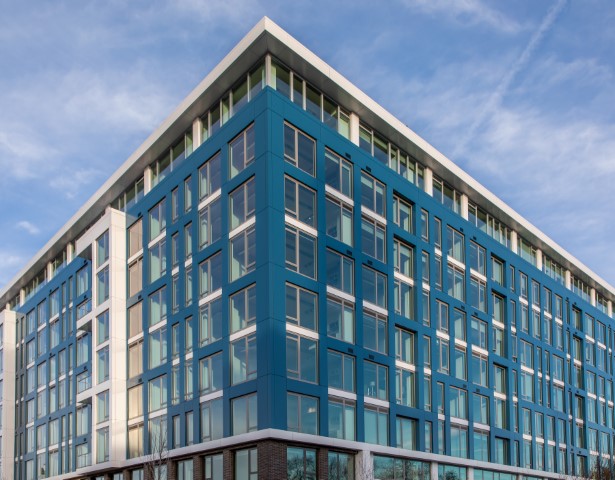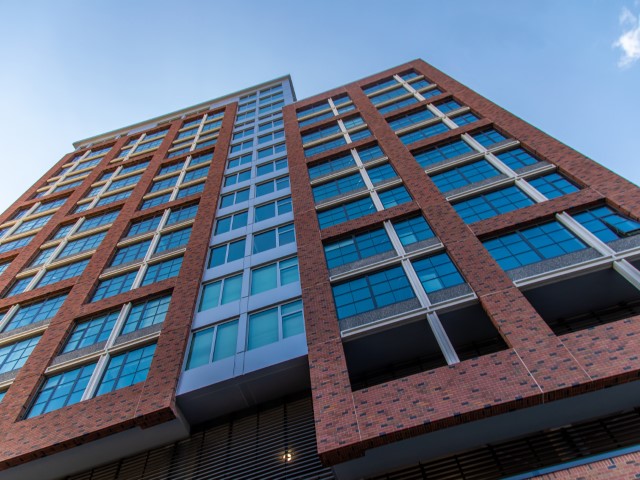Adaptive Reuse
Adaptive reuse, which is the process of reusing an existing build for a purpose other than which it was originally built or designed for, is a viable solution to Owners & Developers to optimize the operational and commercial performance of an otherwise obsolete asset.
In addition to improving the operational performance of an asset, there are numerous social benefits to preserving the building, such as historical preservation and urban regeneration. However, one of the most positive impacts of adaptive reuse is the reduced environmental impacts as compared to new builds. Concrete and steel are high carbon contributors to new construction, which can be eliminated through reusing the structure of the building for a new purpose, and greatly reducing the amount of concrete and steel that need to be produced for a new build.
While there are many positives to adaptive reuse, there are still a number of challenges that may require a new build. First and foremost, the condition of the building must be assessed. If the civil engineering team deems the building suitable for repurposing, the design team can then begin to modify the existing structure to support the needs of the new asset. This phase can be lengthy and costly if not executed properly, so it is imperative that the hiring contractors with extensive experience in this market is done to minimize cost and schedule impacts.
While adaptive reuse can potentially save time and money then a new build, to achieve these benefits, creating a design team in the early stages the project that includes contractors will help identify multiple cost-effective solutions and mitigate risks that can happen during the building phase.
1900 Half St

200 Stovall St














